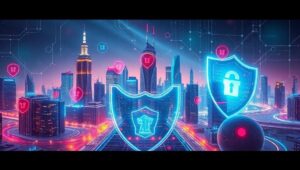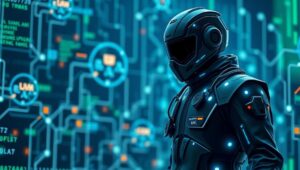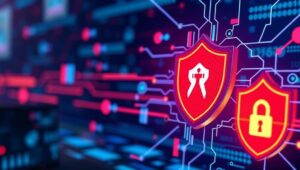May 31, 2025
Public-Private Partnerships in Cybersecurity: The Path Forward (2026)
Public-Private Partnerships in Cybersecurity: The Path Forward (2026) In an increasingly interconnected and digitized world, cybersecurity has emerged as a critical concern for both public and private sectors. The sophistication and frequency of cyberattacks are growing exponentially, posing significant threats to national security, economic stability, and individual privacy. Addressing these challenges requires a collaborative approach, with public-private partnerships (PPPs) playing a pivotal role. This article examines the current state of PPPs in cybersecurity, their benefits, challenges, and the path forward to 2026. The Current Landscape of Cybersecurity PPPs Public-private partnerships in cybersecurity involve collaborative efforts between government agencies and private











